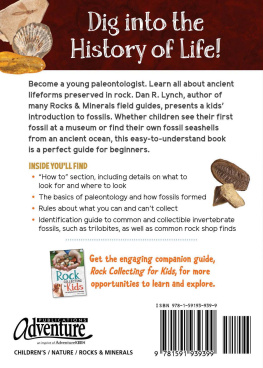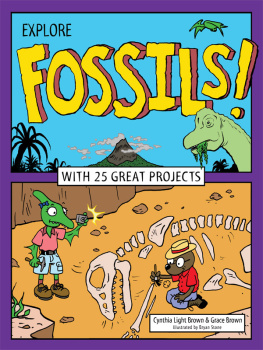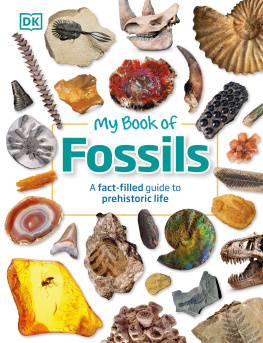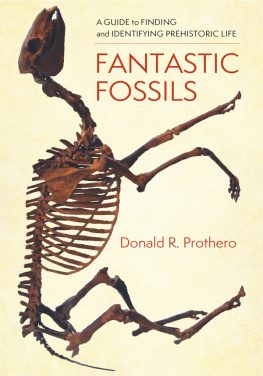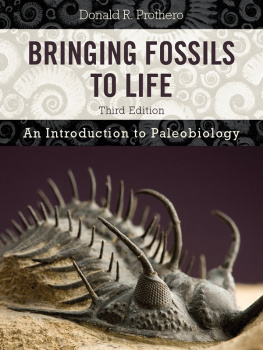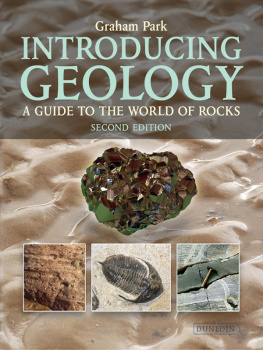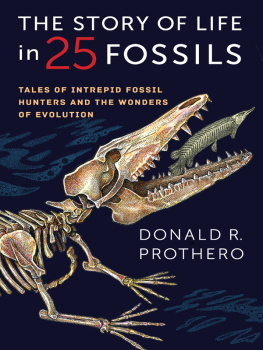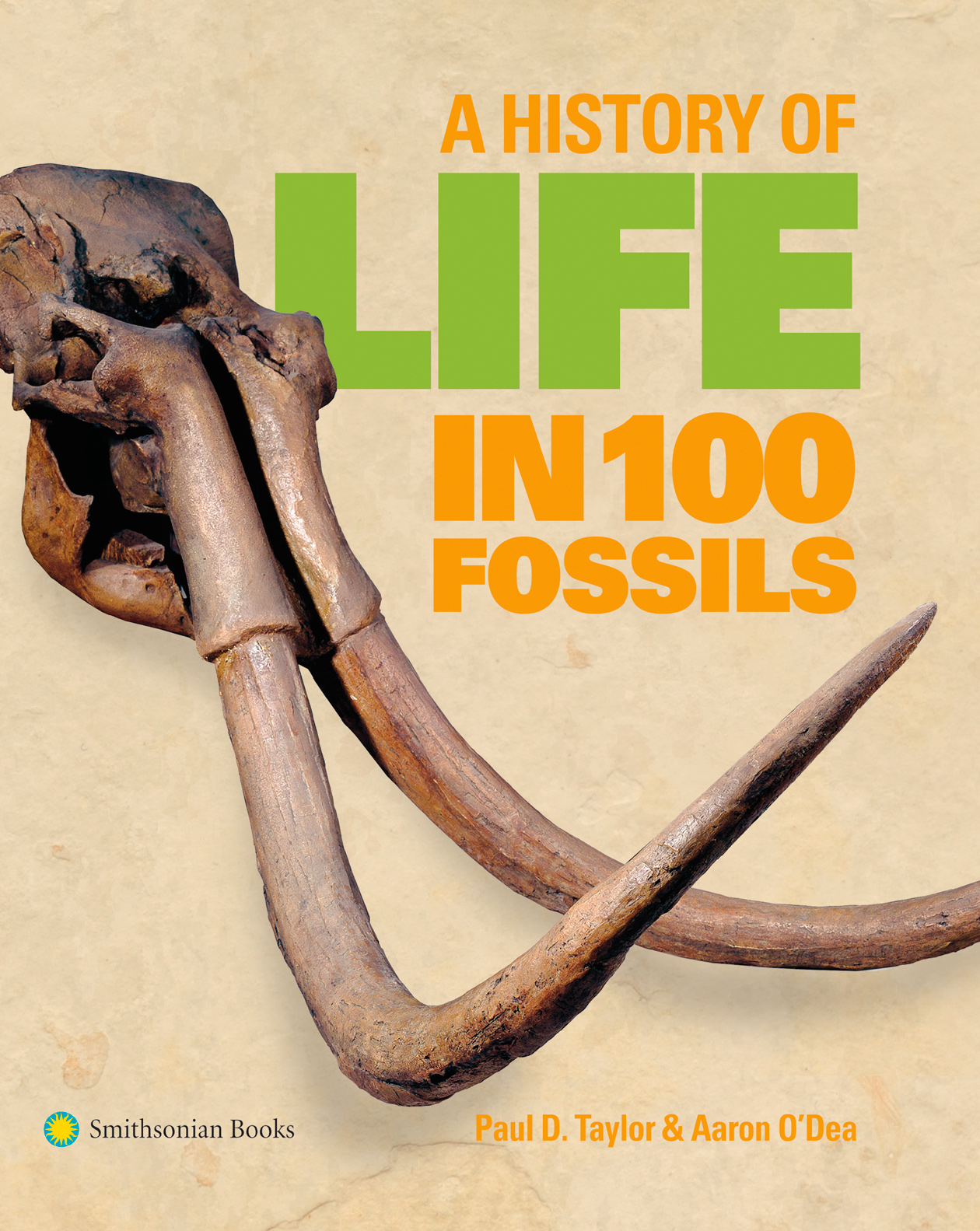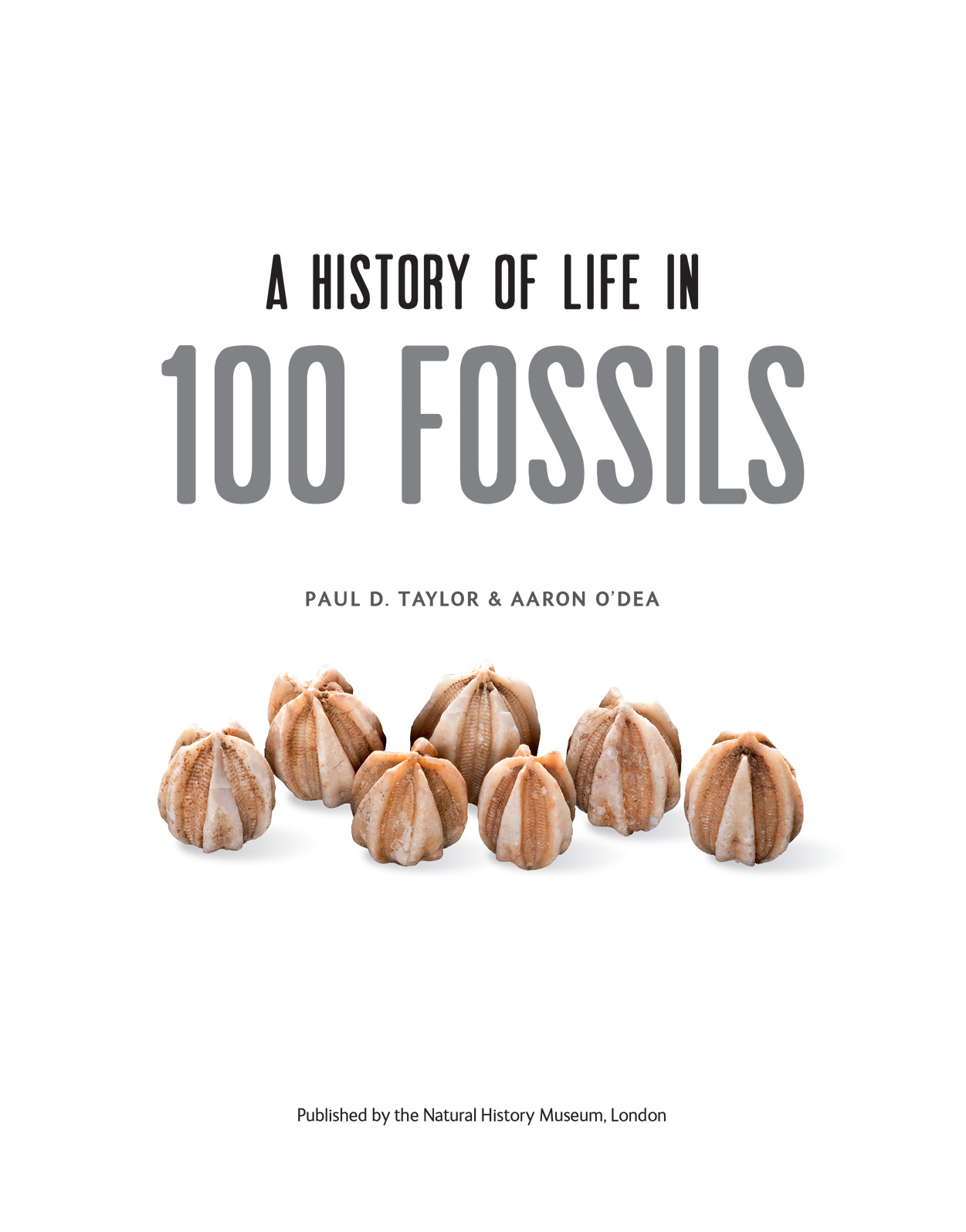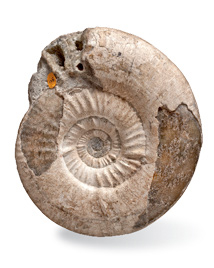First published by the Natural History Museum
Cromwell Road, London SW7 5BD
The Trustees of the Natural History Museum, London 2014
eBook ISBN: 978-1-58834-502-8
Hardcover ISBN: 978-1-58834-482-3
The Authors have asserted their rights to be identified as the Authors of this work under the Copyright, Designs and Patents Act 1988.
This book may be purchased for education, business, or sales promotional use. For information please write: Special Markets Department, Smithsonian Books, P.O Box 37012, MRC 513, Washington, DC 20013.
All rights reserved. No part of this publication may be transmitted in any form or by any means without prior permission from the British Publisher.
A catalogue record for this book is available from the British Library.
Special photography by Harry Taylor, Natural History Museum, London
Designed by Mercer Design, London
Reproduction by Saxon Digital Services, UK
www.SmithsonianBooks.com
v3.1
This book is dedicated to our own treasured specimens: Mila and Lorenzo ODea and Emma and James Taylor.
CONTENTS
Introduction
THE HISTORY OF LIFE IS WRITTEN in the rocks, or more precisely in the fossils contained within the rocks. Fossils are the remains of ancient animals and plants, as well as fungi and microbes, preserved by natural processes of burial and entombment. Without the existence of fossils it is doubtful whether Charles Darwin would ever have devised his theory of evolution by natural selection. The fossils collected by Darwin in South America during his formative years as a naturalist aboard HMS Beagle convinced him that the Earth was once inhabited by animals and plants unlike any that are living today. Life has changed through time, with old species becoming extinct and new ones evolving from the old. Over 99% of all species that have ever lived are now extinct. Change is a necessary part of evolution. However, it is not simply a matter of new species replacing old ones, as Baron Cuvier and other prominent naturalists at the same time as Darwin believed. For evolution to occur there must also be the modification of existing species into new species.
It is always worth emphasizing that the fossil record, although glorious in what it does preserve, is a very incomplete register. Only a small proportion of species that ever existed have been fossilized and, among those species that have been discovered as fossils, only the tiniest fraction of the individuals that lived will ever be dug up as fossils. Furthermore, soft body parts such as muscles, nerves and guts are in most cases lost during fossilization, and DNA also disappears with time. Nevertheless, when scrutinized with great care the fossil record allows us to detect many of the landmark events in the history of life. Because all of life on Earth shares a common ancestor, the fossil record is a register of just one go at evolution on one planet. Nonetheless, strikingly similar events are repeated across time, and it is these that uncover fundamental evolutionary principles, such as convergent evolution when formerly dissimilar organisms evolve similar shapes as a result of adapting to the same mode of life.
Fossils come in two main varieties: body fossils and trace fossils. Body fossils are the preserved shells, bones, teeth, leaves etc. of the once living organisms. Trace fossils are indications of the activities of organisms, such as footprints, burrows and even excrement. Both types give palaeontologists a great deal of information about which species lived when and where, and how they lived, through almost 4.6 billion years of geological time since the Earth was first formed. While trace fossils can record the behaviours of long dead animals in detail, the exact identity of the tracemaker is seldom known, except in very rare instances where a body fossil is present too.
Inspired by the immense collections in our respective museums, we have selected fossils that highlight milestones in the history of life, from its origins to the emergence of modern humans. Examples of the first and last fossils of their kinds are particularly critical in allowing us to reconstruct the narrative history of life on Earth: when did particular types of animals and plants first evolve, when did those that are now extinct suffer their demise, and can we say anything about why they evolved and became extinct? In part guided by the availability of suitable specimens, we also made selections based on our own personal preferences; other palaeontologists would no doubt have selected an entirely different 100 fossils. We have chosen fossils from across the entire spectrum of life, from animals to plants, microbes to dinosaurs, creatures of the land to inhabitants of the oceans.
The history of life has been enacted in a world of constant change over geological time, with landmasses migrating across the surface of the globe, oceans appearing and disappearing, and sea-levels rising to flood low-lying land and then falling back to expose it once more. In addition, there were more rapid changes. The eruption of volcanoes, often lethal for life on a local scale, has occasionally had a global impact, changing the composition and clarity of the atmosphere and affecting the climate of the entire planet. For whatever reason, global climates have fluctuated wildly through the course of geological time. Polar ice-caps have come and gone, with tropical environments sometimes stretching into much higher latitudes than they do today. And, after much early speculation, scientists are now beginning to discover compelling evidence for extraterrestrial influences on our planet and its life, most notably through the environmental devastation and destruction of ecosystems wrought by the collision of asteroids with the Earth.
Other fossils illustrate evolutionary themes: speciation, evolutionary radiation, invasion, sexual selection, gigantism and dwarfism. Despite important modern advances in genetics and molecular biology, much of what we know about how life on Earth has evolved still comes from fossil evidence. Fossils are witnesses to the past, albeit imperfect witnesses demanding close scrutiny if the story they tell is to be understood properly. For example, the theory of punctuated equilibrium that many evolutionary lineages remained static for millions of years before changing very rapidly was devised through detailed studies of fossil lineages. It could not have been found or anticipated by studying living animals and plants alone.
The 100 fossils are arranged roughly in chronological order, from the oldest to the youngest. This has obvious advantages in allowing the history of life to unfold through the pages of the book. The book has been subdivided into four sections representing major divisions of geological time (for the Cenozoic (65 million years to the present-day). These divisions have been recognized by scientists for two centuries and form natural chapters in the story of lifes evolution.
PRECAMBRIAN
THE EARTH CONDENSED from a cloud of interstellar dust some 4.6 billion years ago. This point marked the beginning of an enormous eon of geological time called the Precambrian. A time traveller arriving on the Precambrian Earth could be forgiven for believing that he or she had alighted on an alien planet: low levels of oxygen in the air would make breathing impossible, and neither animals nor plants would be in evidence. Seen from space, none of the familiar continents of today existed, the shapes and arrangements of the landmasses being entirely different.


